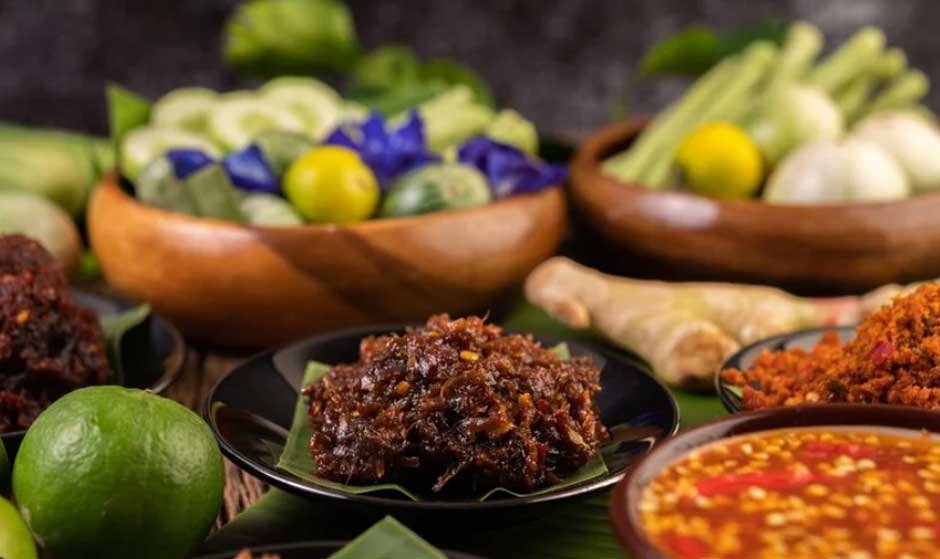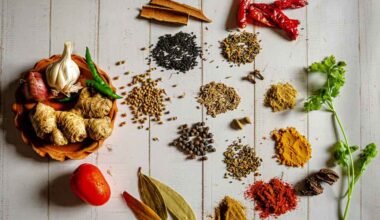Cassasse is a culinary legend that’s captivated generations of food connoisseurs worldwide. This traditional dish combines tradition and innovation and has become part of a cultural heritage. From its humble origins to its more refined adaptations today, the cassasse represents a centuries-old web of flavors, techniques and regional influences.
The Roots of Cassasse: A Peasant’s Ingenuity
The cassasse itself is a tribute to the thrift and inventiveness of peasants from an era of culinary legend. It was a necessity dish – a fusion of readily available ingredients created to stretch thin supplies during hard times. What began as simple food turned into an art form – a canvas on which generations of cooks incised their culinary stamps.
Over time the cassasse became a tapestry of families adding their own spin – a variation that covered regions and cultures. From coastal enclaves to mountain villages, every place took this classic dish and gave it their own interpretations and secret ingredients.
The Linguistic Odyssey: Unraveling the Name’s Origins
To explore the linguistic origins of cassasse is itself a journey of its own. This culinary gem has taken several monikers corresponding to the region and culture that adopted it. French cassoulet comes from the Occitan word cacolet – a round earthenware cooking vessel once used to cook this stew-like dish.
Beyond borders, the cassasse changed its name to reflect the linguistic diversity of the land it served. It was named cazuela in Spain and cassola in Italy. Those variations, while distinct in phonetic resonance, were essentially celebrations of hearty, comforting fare for the body and soul.
A Tapestry of Flavors: Ingredients and Preparation Techniques
In the cassasse lies a combination of ingredients and preparation methods that have been refined over generations. The main components may vary regionally and culturally but the dish itself is always a mouth-watering combination of flavors.
Sometimes meat such as beef, pork or poultry, takes the center stage and provides the platform on which the other ingredients can dance. Onions, garlic, herbs and spices weave their aromatic threads through the tapestry. Such supporting players may be chosen regionally according to regional culinary traditions.
The preparation techniques used to make the cassasse are as diverse as the ingredients themselves. Others call for slow cooking on low heat so the flavors can mature into a symphony. Some use marination – the meat is tossed with herbs and spices before it goes into the pot.
Regardless of the method, patience is the key to a great cassasse. It’s a laborious dish that requires time and attention – a culinary meditation that turns seemingly simple ingredients into something more opulent than most discerning palates.
The Enduring Legacy: A Classic Celebration of Flavors

This culinary gem has crossed time and geography to become part of our culinary consciousness. The taste is timeless because it combines flavors that are both harmonious and versatile enough to adapt and evolve with the cultures and traditions that have shaped it.





